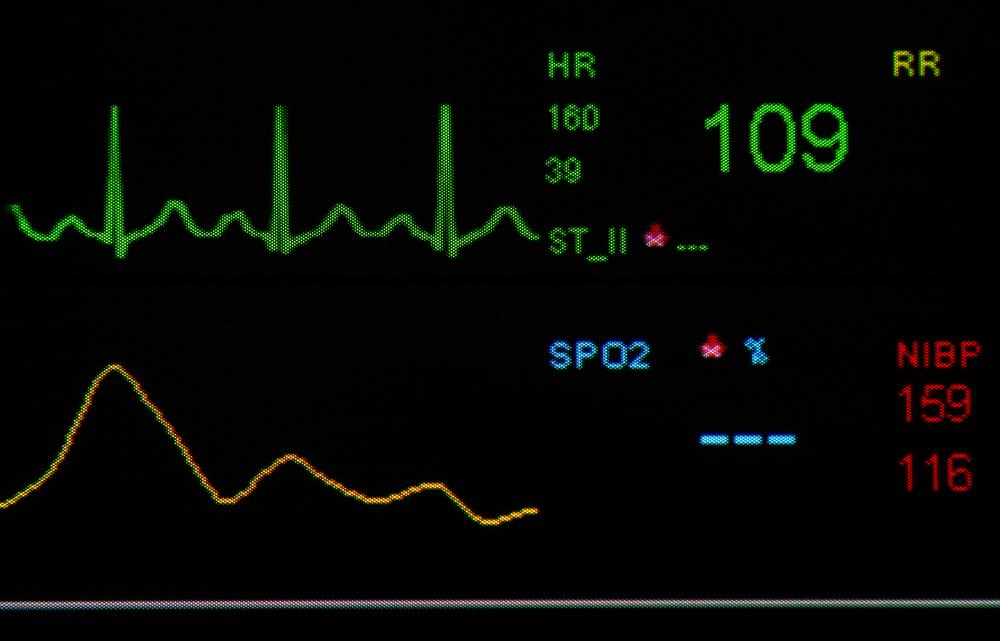
Resolving unhealthy variables may be as straightforward as combining yoga body movement with meditation to increase core strength and decrease stress, or as simple as layering for changeable weather to reduce body temperature fluctuations. And three times as likely to die if their RHR is over 90. The UK study showed that a one-degree change in body temperature could increase or lower the pulse by as much as 10 beats per minute.Īccording to the Copenhagen Heart Study, a person is twice as likely to die from heart problems if their RHR is 80, compared with someone whose RHR is below 50. One National Institute of Health (NIH) study that evaluated data from the records of approximately 64,000 children who experienced conditions worthy of an emergency room visit indicated that body temperature had a distinct effect on their heart rates. Others variations have negative root causes, like adverse reactions to medications, smoking, and being overweight, and can indicate a potential problem for heart health. Some variations are attributed to positive factors, such as an increase in healthy activity and good stress management. If a person's pulse, equivalent to heart rate, is frequently or regularly above or below average for their health and fitness level, there are a variety of reasons this may be the case. Average, healthy teenager heart rates are the same as those for adults, while children under 10 years of age experience higher heart rates and pulses:Īthletes share the same range with others in their age group, but teen and adults who are excessively active and fit may have resting heart rates and pulses as low as 40 bpm. Normal, healthy adults who are reasonably fit and not overweight, and do not smoke or drink heavily, will have resting heart rates between 60 and 100 beats per minute (bpm) their pulse will reflect this. When that person stands up, or gets up quickly, the heart rate may jump up as well in order to supply the now-active body's needs. Alternately, if a person sits or lies down for a period of time, resting heart rate may decrease. In hot and humid conditions, the heart may beat faster in response to the physical stressors the heat causes cold may have the same effect. Other physiological, but not health related, influencers of heart rate (pulse) include air temperature and changing body positions. Normal, healthy, average heart rates vary by an individual's age, body mass, and fitness level.
#Low pulse rate skin#
Take pulse and graph, manually or with devices determine if in healthy range for activity/circumstance.Įach heartbeat creates an arterial blood flow pulse that can be felt on the skin over the artery. Men/Women: 60-100 bpm (beats per minute) pre-teens and teens (10-20 years old): 60-100 bpm children 3-9 years old: 70-130 bpm infants 1 day to age 3: 70-190 bpm athletes may have resting heartbeat as low as 40 bpm

Pulse rate can be used to measure heat rate for a normal, healthy heart. The temporary increase in arterial pressure that can be felt throughout the body. Any contraction (even if it doesn't result in appreciable blood flow through the arteries) is part of heart rate.

The rate at which the heart beats, or contracts. Differences - Similarities - Heart Rate versus Pulse comparison chart


 0 kommentar(er)
0 kommentar(er)
